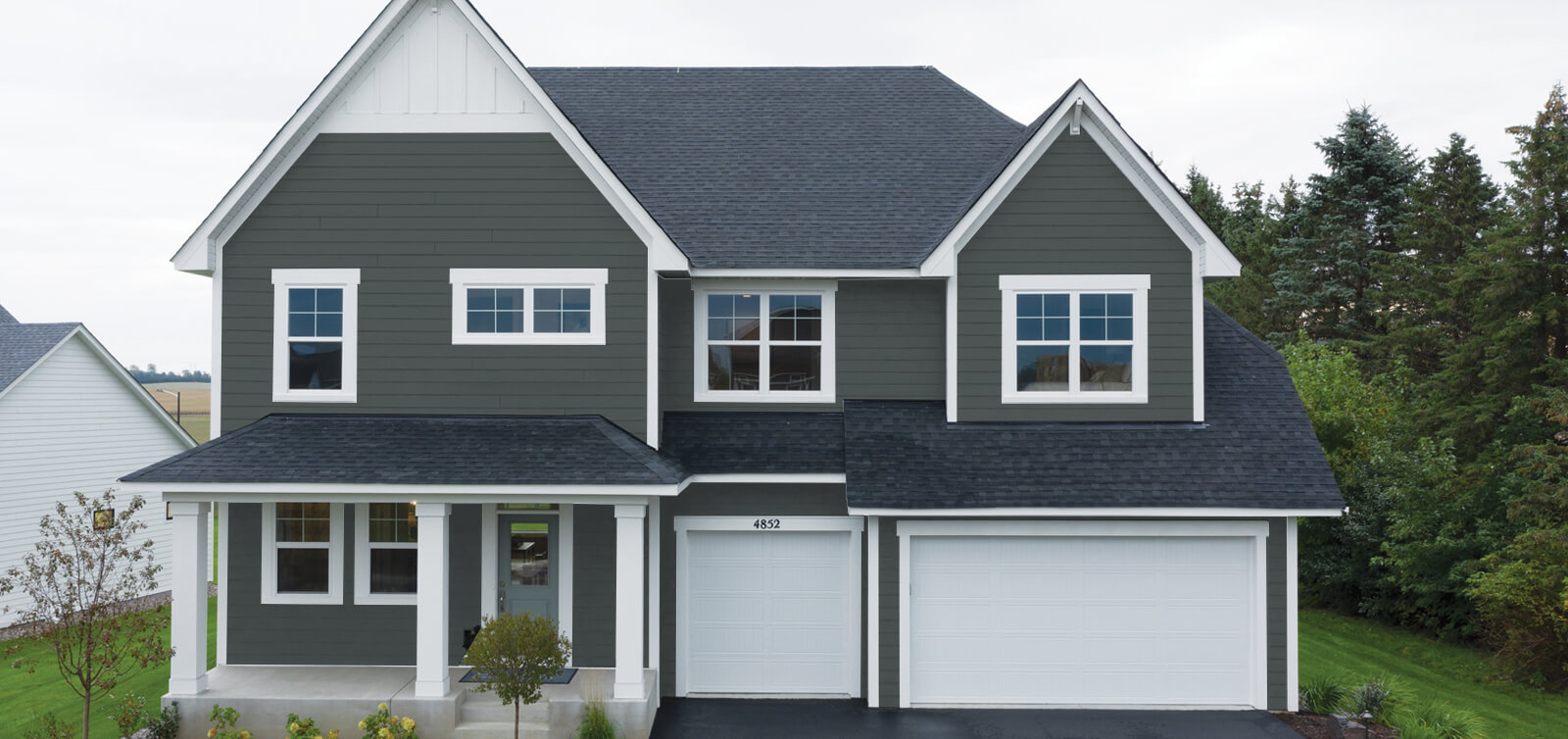Why Choose Affordable Siding Solutions?
-
Cost Savings: Affordable materials like vinyl and insulated siding can cost as little as $3–$7 per square foot, compared to pricier wood or fiber cement options .
-
Low Maintenance: Affordable doesn’t mean high upkeep—many budget siding options resist rot, pests, and fading.
-
Enhanced Curb Appeal: Fresh siding transforms homes visually, enhancing value and curb appeal.
-
Energy Efficiency: Some cost-effective options offer insulation benefits, reducing energy bills by 10–20%.
Top Affordable Siding Materials
1. Vinyl Siding
Affordable, long-lasting, and available in many styles.
-
Cost: $3–$7 per square foot
-
Pros: Low cost, minimal maintenance, fade-resistant coloring
-
Cons: Can warp in extreme climates; potential moisture issues behind panels
2. Insulated Vinyl Siding
A high-return affordable option with built-in insulation.
-
R-Value: 2–5.5 (up to 7.5 with added foam)
-
Benefits: Improved energy efficiency, better durability, noise reduction
-
Drawbacks: Slightly higher cost than standard vinyl
3. Fiber Cement Siding
Mimics wood aesthetics with strength and longevity.
-
Cost: $5–$10 per square foot
-
Benefits: Fire-resistant, termite-proof, lasts ~50 years
-
Cons: Heavier, requires professional install, higher upfront cost
4. Engineered Wood & Composite Siding
Affordable wood-look without high maintenance.
-
Cost: $6–$14 per square foot
-
Pros: Wood-like aesthetic, more durable than real wood
-
Cons: Needs painting or staining; lifespan shorter than fiber cement
5. Aluminum Siding
Lightweight and metal-resilient, it’s weather-ready.
-
Cost: $5–$12 per square foot
-
Pros: Moisture-resistant, lightweight, long-lasting
-
Cons: Prone to dents and fading; periodic repainting may be needed
6. Stucco Siding
Affordable in arid climates; visually striking.
-
Cost: $11–$18 per square foot
-
Benefits: Durable, fire-resistant, excellent in dry environments
-
Cons: Can crack in freezing conditions, repair may be complicated
Comparing Materials at a Glance
| Material | Cost (per sq ft) | Lifespan | Maintenance | Insulation |
|---|---|---|---|---|
| Vinyl | $3–7 | 20–40 yrs | Low | Moderate |
| Insulated Vinyl | $5–10 | 25–40 yrs | Low | High |
| Fiber Cement | $5–10 | 40–50+ yrs | Low/moderate | Moderate |
| Engineered Wood | $6–14 | 20–30 yrs | Moderate | Moderate |
| Aluminum | $5–12 | 30–40 yrs | Moderate | Low |
| Stucco | $11–18 | 60–100 yrs | Low/moderate | High |
Factors to Choose the Right Solution
Climate
-
Hot/Arid: Stucco and insulated vinyl shine in dry, high-heat environments.
-
Cold/Wet: Fiber cement and insulated vinyl resist frost and moisture effectively.
Budget & Lifespan
-
Vinyl is affordable with decent longevity. Investing in insulated vinyl or fiber cement yields long-term ROI.
Maintenance Preferences
-
Choose low-maintenance vinyl or insulated options over wood or stucco where upkeep is a concern.
Visual Preference
-
Seek wood-like aesthetics? Fiber cement or engineered wood achieves the look without high wood costs.
Energy Efficiency
-
Insulated vinyl significantly reduces energy loss—ideal for budget-conscious homeowners.
Cost-Saving Strategies
-
Bulk Purchase Discounts: Install multiple homes or full-home siding to reduce per-unit costs.
-
Seasonal Deals: Fall/winter installations often offer contractor discounts.
-
Rebates: Energy-efficient siding may qualify for state/federal rebates—check with Energy Star.
-
DIY: Vinyl can be DIY-friendly, but heavy/complex materials still require professionals.
Real-Life Example: Vinyl vs Fiber Cement
In Denver, the Wilson family chose standard vinyl at $4.50/sq ft. After 15 years, they upgraded to insulated vinyl at $6.50/sq ft—realizing a 20% energy savings within 3 years and paying off most of the upgrade cost in fewer than 10 years.
Installation Considerations
-
Hire Licensed Contractors: Ensure proper installation—especially for fiber cement and stucco.
-
Warranty Importance: Look for 20–50 year material warranties; check workmanship coverage.
-
Permits & Codes: Some areas regulate siding types—always verify local building requirements.
Maintenance Tips for Longevity
-
Clean vinyl with mild soap annually
-
Inspect seams and caulking before seasons change
-
Repaint engineered wood every 5–7 years
-
Repair stucco cracks quickly to prevent moisture damage
Final Thoughts
Affordable siding solutions offer a smart way to update your home’s exterior while managing costs. Whether you choose classic vinyl, insulated vinyl for energy savings, or go with fiber cement for durability, the right material paired with quality installation can elevate your home’s value, aesthetics, and efficiency.

